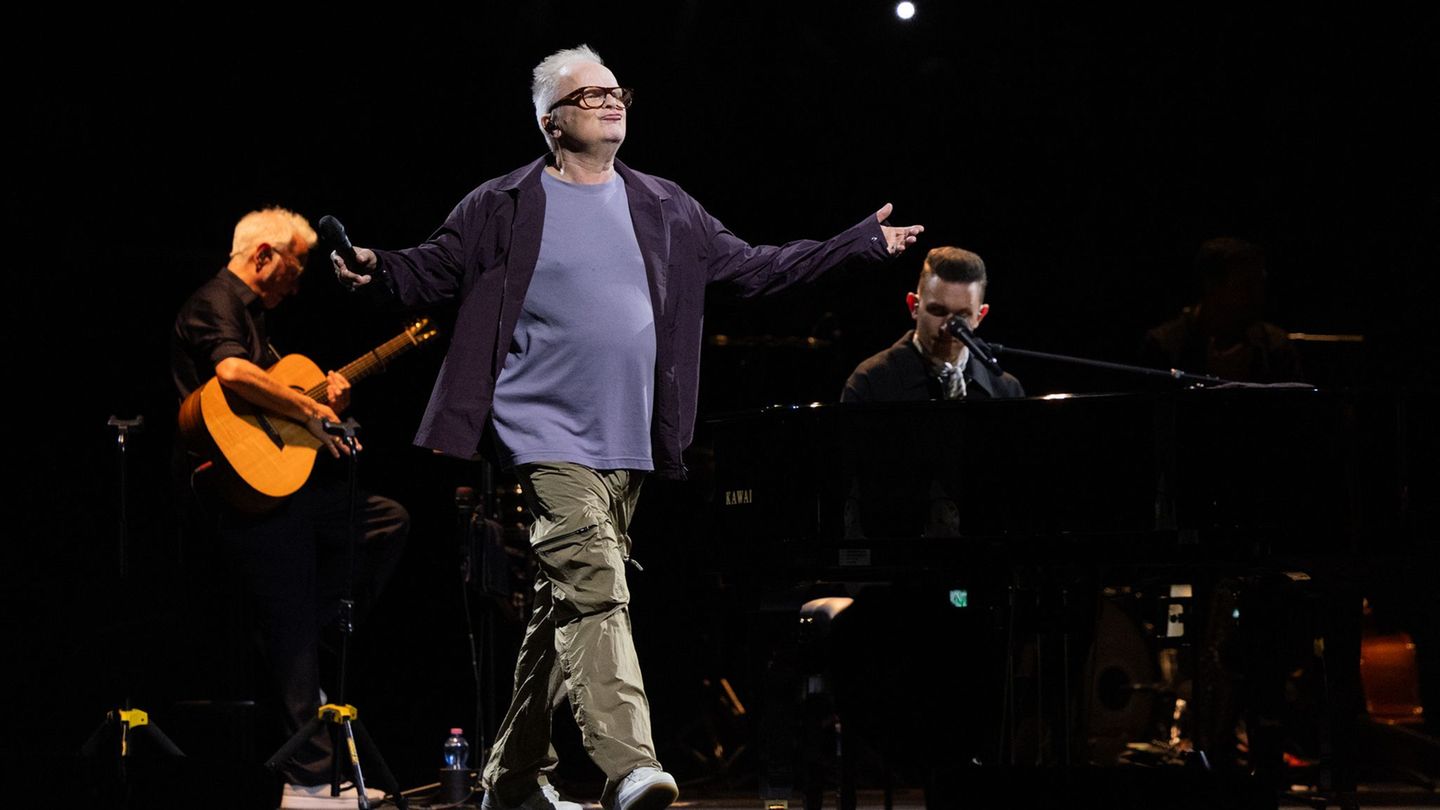The weather is good, the people of Bremen go to the polls a little more often in the morning than four years ago. Both Mayor Bovenschulte and his challenger are confident of victory.
In the citizenship elections in Bremen, slightly more voters cast their votes by midday than in 2019. At 12 p.m. on Sunday, participation was 21.9 percent, according to the state election management. When the state parliament was elected four years ago, the figure was 20.2 percent.
Mayor Andreas Bovenschulte is counting on his SPD regaining its place as the strongest force in the smallest federal state. “I think we have a good chance, unlike in 2019, of becoming the strongest political force again and getting a clear government mandate,” said the 57-year-old when he voted.
At that time, the CDU was ahead for the first time in the history of the state of Bremen. However, the second-placed SPD forged an alliance with the Greens and the Left Party and remained in government in the two-city state with Bremen and Bremerhaven.
CDU challenger also sure of victory
After casting his vote, CDU top candidate Frank Imhoff (54) expressed confidence that his party would ultimately come out on top. “I’m in good spirits that we’re very far ahead tonight, that we’ll emerge as the victors in the end,” he said. “In the end, the election goal is to also become the strongest party.” It’s about a new beginning for Bremen.
More than 462,000 Bremen residents are allowed to vote in the citizenship elections. The polling stations close at 6 p.m., after which forecasts of the result are expected.
Bremen has a complicated voting system, which makes counting tedious. Therefore, on the evening of the election Sunday, the state returning authority only publishes an official extrapolation for the citizens, based on 95 voting districts. According to all experience, however, this extrapolation is close to the provisional official final result, which is determined a few days later after a complete count.
Survey
In the most recent polls before the election, the SPD was 29 to 30 percent ahead of the CDU, which came to 26 to 28 percent. The Greens saw the pollsters between twelve and 13 percent, the Left at nine to eleven percent. At six percent, the FDP was only just above the five percent hurdle. In the elections in Berlin and Lower Saxony, the party failed due to the blocking clause.
The AfD was excluded from the election because two competing groups in the party had submitted election lists. The right-wing populist voters’ association Bürger in Wut (BiW) could benefit from the exclusion: in polls, it came in at eight to ten percent.
Environment Senator Maike Schaefer hopes that her Greens will do better in the general election than in the most recent polls before the election. “First of all, we fight to the last second,” said the 51-year-old. “The last forecast was 13 percent, we hope it will go up.” FDP top candidate Thore Schäck spoke of a “very good gut feeling”. The polls for the FDP in recent weeks and months have been stable, said the 38-year-old.
In Bremen, unlike in the other federal states, the state parliament is elected every four years. Postal voters are not included in the turnout figures, their proportion is particularly high this year. In 2019, turnout was 64.1 percent, compared to just 50.2 percent in 2015.
Source: Stern
I have been working in the news industry for over 6 years, first as a reporter and now as an editor. I have covered politics extensively, and my work has appeared in major newspapers and online news outlets around the world. In addition to my writing, I also contribute regularly to 24 Hours World.




